
A list of tips for content teachers with beginning English learners in their classroom.
- Subject:
- English as a Second Language
- Material Type:
- Reference Material
- Date Added:
- 10/30/2019

A list of tips for content teachers with beginning English learners in their classroom.

A list of tips for content teachers with beginning English learners in their classroom.
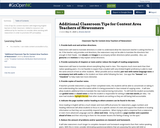
A list of tips for content teachers with beginning English learners in their classroom.
Added to resource: one additional tip for teachers to consider when working with newcomers in order to promote CRT principle(s).

Students will research an African American person based on set questions. The students will present their person in an interview format - Guess Who.

Containing more than 50 articles from the award-winning Tar Heel Junior Historian magazine and over 40 lesson plans, this multidisciplinary Educator Notebook will enrich your exploration of North Carolina and American history with diverse perspectives. This resource's link takes you to a very short form that gives you free downloadable access to the complete PDF book.

A website resource that provides facts and data that documents the forced removal of enslaved persons from Africa and their arrival to North Carolina.
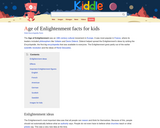
This article includes information about the Age of Enlightenment, how it influenced the founding Fathers of the US Constitution, and brief information about key figures in the Enlightenment and their contributions.

The AirData website provides access to air pollution data for the entire United States. Users have the ability to produce reports and maps of air pollution data based on criteria that they specify.
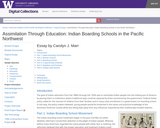
This self-study guide from the University of Washington offers well organized resources on the topic of Indian education in the United States from the late 19th- early 20th centuries. The collection provides an overview, followed by detailed readings and images. Sections of the self-study: Part 1: Indian Boarding School Movement Part 2: Mission Schools Part 3: Boarding Schools Part 4: A Typical Daily Schedule Part 5: Negatives and Positives Part 6: Sample Daily Routine
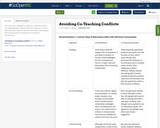
This resource is designed to support co-teachers as they are navigating their relationship in the classroom. The co-teaching relationship can become somewhat challenging if both partners are not transparent and open to compromise.
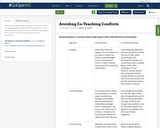
This resource is designed to support co-teachers as they are navigating their relationship in the classroom. The co-teaching relationship can become somewhat challenging if both partners are not transparent and open to compromise.
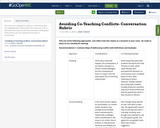
This resource is designed to support co-teachers as they are navigating their relationship in the classroom. The co-teaching relationship can become somewhat challenging if both partners are not transparent and open to compromise.
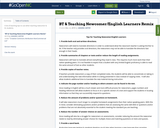
A list of teaching tips to use when teaching newcomer & EL students.

In this lesson, students will listen to or read about bakeries in Mexico, types of pastries and bread baked daily. There are short and long passages with audio, scripts in Spanish and scripts in English. Short passages have about 125 words while long passages about 375 words. Included are comprehension questions and related links.

This resource website provides background content information and resources that are helpful to teachers when planning instruction about minerals, rocks, and the rock cycle.

A 10-15 lessons (based on time) where students compare / contrast text in literature circles and share jigsawed information using Prezis
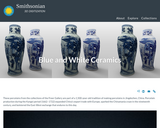
These porcelains from the collections of the Freer Gallery are part of a 1,500-year-old tradition of making porcelains in Jingdezhen, China. Porcelain production during the Kangxi period (1662–1722) expanded China’s export trade with Europe, sparked the Chinamania craze in the nineteenth century, and bolstered the East-West exchange that endures to this day.
The Smithsonian 3D Program is a small group of technologists working within the Smithsonian Institution's Digitization Program Office. We focus on developing solutions to further the Smithsonian's mission of “the increase and diffusion of knowledge” through the use of three-dimensional scanning technology, analysis tools, and our distribution platform.
This work is already transforming core functions of our museums. Researchers in the field can now come back not only with specimens, but also 3D data documenting entire sites. Curators and educators are using 3D data as the basis for telling stories and sending students on quests of discovery. Conservators are using 3D data to track the condition of a collection item over time using 3D deviation analysis tools, showing exactly what changes have occurred to an object.

In this German-language website, students can see what Burger King products are sold in Germany and learn their names in German. Products are pictured and described in detail.
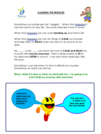
This is a resource about calming students down when they are over active. This is a downloadable resource that you can change and edit to your students individual needs.
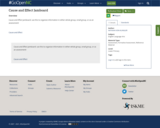
Cause and Effect Jamboard: use this to organize information in either whole group, small group, or as an assessment! Cause and Effect